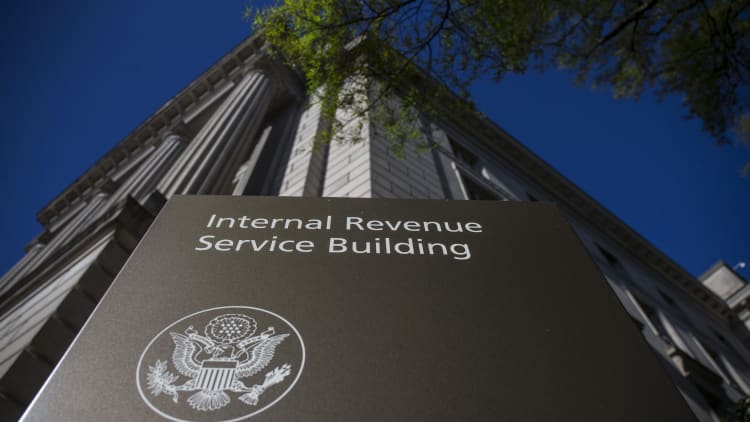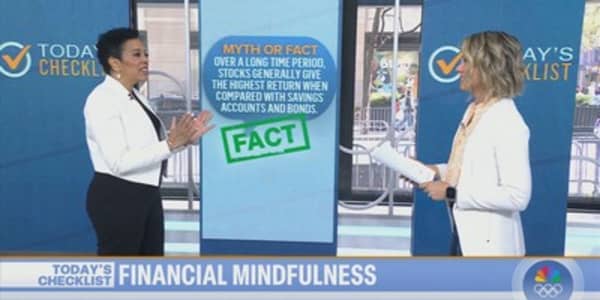It's officially the last day to return that mandatory distribution out of your retirement account and trim your tax bill.
The CARES Act, the coronavirus relief act that went into effect this spring, allowed retirement account holders to skip their required minimum distribution for this year.
Those who already took the money have until today – Aug. 31 – to return the cash to their individual retirement account or their 401(k) plan.
RMDs are the annual withdrawals you must take from your individual retirement account and 401(k) plans after you reach age 70½ — or 72, starting this year.

People who inherit IRAs are also subject to RMDs, and they're also allowed to skip the distribution for 2020.
Assuming you don't need the cash, there are two benefits to skipping or returning the RMD for this year.
First, these distributions, whether from an IRA or a 401(k) plan, are treated as ordinary income and subject to taxes. An RMD that you bypass or correctly return in a timely fashion can help trim your tax bill.
Second, if you're on Medicare, replacing the money can lower your modified adjusted gross income for 2020.
It's about a $1,000 per person increase in annual Medicare costs if you move up one income bracket.Jamie Hopkinsdirector of retirement research at Carson Group
In turn, this can reduce the cost of your premiums for Medicare Part B (medical insurance) and Part D (prescription drug coverage) in 2022.
Consider that in 2020, single taxpayers with a 2018 MAGI that's up to $87,000 (or $174,000 if they're married and filing jointly) are paying monthly premiums of $144.60 for Medicare Part B.
The premium amounts rise based on Medicare subscribers' MAGI, all the way up to $491.60 per month for individual taxpayers with a 2018 MAGI of $500,000 or more.
"It's about a $1,000 per person increase in annual Medicare costs if you move up one income bracket," said Jamie Hopkins, director of retirement research at Carson Group in Omaha, Nebraska.
Cramming? Avoid these mistakes
There's little room for error when you're trying to reverse an RMD on the last possible day.
As you dial up your custodian and your financial advisor, make sure you hit these key points, according to Ed Slott, CPA and founder of Ed Slott & Co. in Rockville Centre, New York.
Repay and cancel monthly distributions: Some people like receiving RMDs in a stream of monthly payments. Return the money, plus the taxes withheld, and tell your custodian to stop the payments for the rest of the year.
More from Your Money, Your Future:
Trump's payroll tax would 'terminate' Social Security, critics say
Self-employed people may miss out on payroll tax break
Why college students might get less financial aid next year
Correctly label the transaction: Make sure your custodian labels the transaction as a "return of funds," and not a contribution to an IRA.
Excess contributions are subject to a 6% tax annually as long as the excess tax amount stays in the account.
Pay back all of the taxes: Whether you took one large RMD or a series of payments, you'll need to scrounge up the cash to "repay" income taxes withheld.
"Say you took a $10,000 RMD but you had $2,000 in taxes withheld," Slott said. "If you roll back only $8,000, you'll be taxed on the $2,000."






